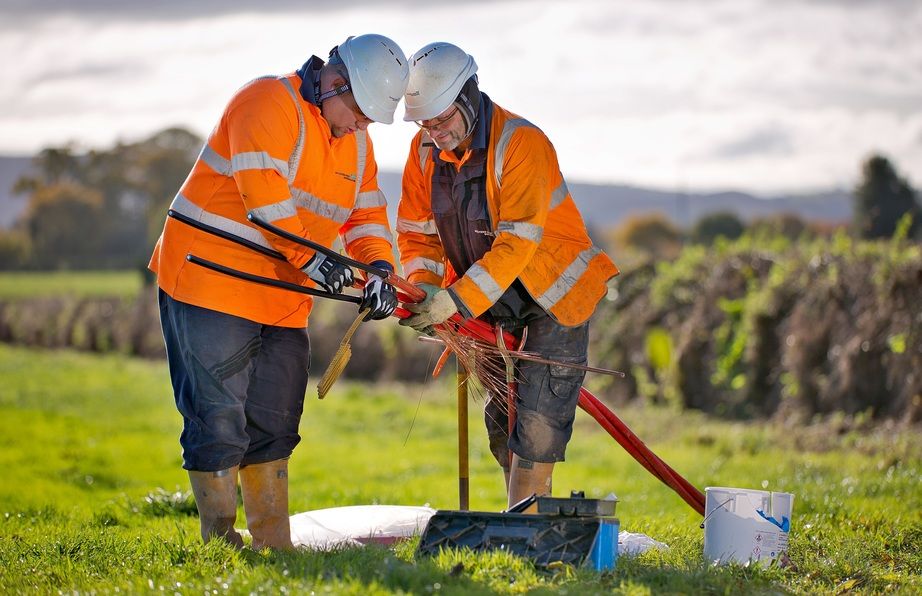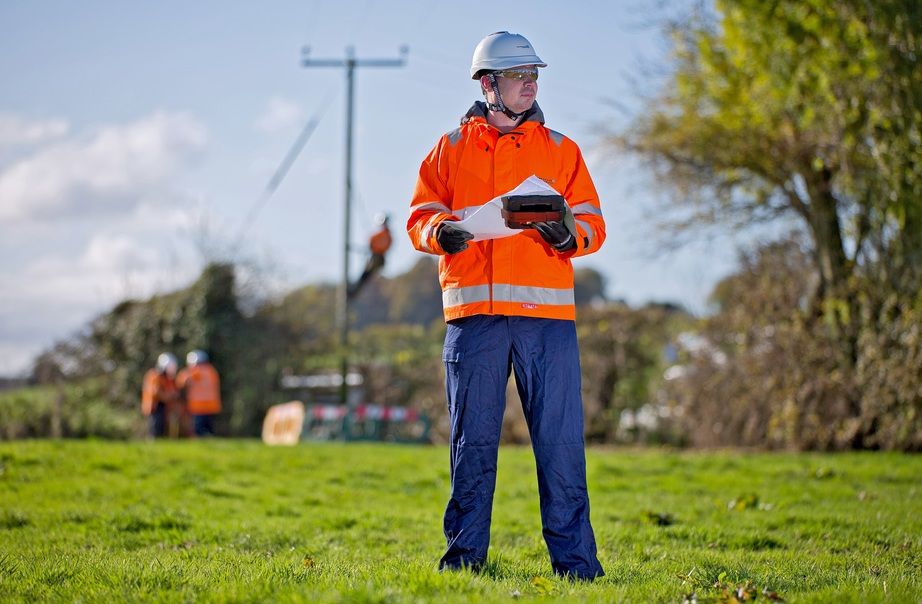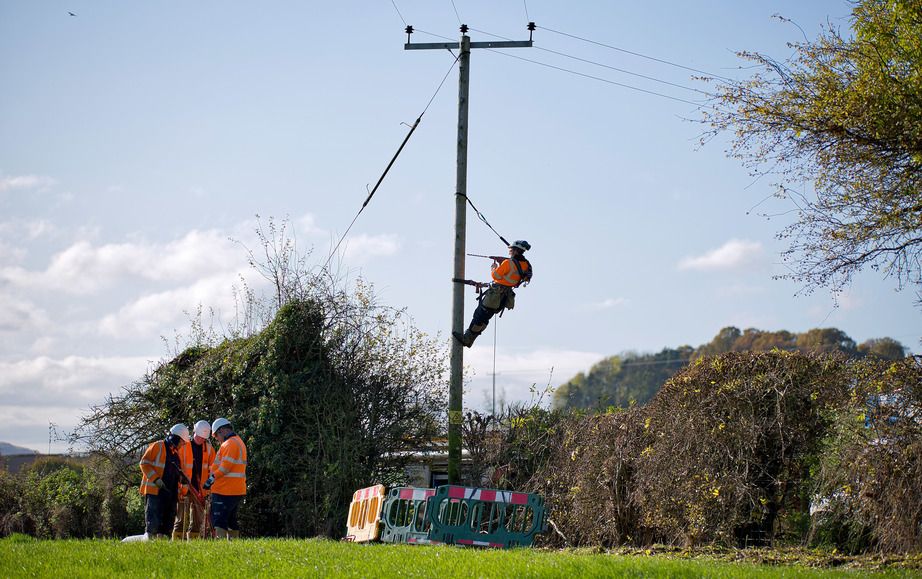Right down to the wire
An investment project to underground more than 2.5 kilometres of overhead line in a picturesque corner of Shropshire is a win-win for local people, who will benefit from both improved network security and uninterrupted views of the countryside.

The £158,000 project at Lea Cross near Shrewsbury will involve the removal of 26 poles, as well as the re-siting of other assets, including five pole-mounted transformers and automation equipment.
One of the biggest engineering challenges will involve digging under a brook near the busy A488 to avoid contact with an existing gas main. Contractors will use directional drilling to dig down two metres under the brook and out the other side, to allow for the installation of underground cables.
As a result, traffic controls will be in place over the coming months and will be accompanied by the closure of a side road. This will enable engineers to lay new underground cable alongside and in the carriageway.
The whole project will have a positive impact on the supply for more than 120 customers in the largely rural location. In the past, the area has experienced some supply issues as a result of transient faults affecting the overhead lines.
Although the new-look network will have no ground-mounted switchgear, an existing recloser will be re-sited. This will make it possible to maintain a backfeed to customers in the event of a power cut, without needing to dig to reach the underground cables. All of which will improve the security of supply for WPD’s customers.

Meanwhile, five overhead transformers will be upgraded to a higher and more modern specification to allow LV network to be linked in places.
Planner Andy Pashley said: “This project has allowed us to make network changes to benefit customer supplies. Where we are working on a property, we always ensure the occupier is kept up to date with the plan of works, as well as managing difficult aspects of the scheme.”
The project is expected to be completed later this year.
Andy added: “There is an agricultural and an aesthetic element to this scheme. We are also removing a lot of HV equipment from private land and into the highway.
“Ultimately, we are removing overhead equipment from agricultural land which will have the added advantage of restoring unspoilt views of a very pretty part of Shropshire.”

Wayleaves Explained:
We have a legal obligation to provide new electricity connections, as well as to maintain and upgrade the existing distribution network in our area. Doing so sometimes requires us to position equipment such as poles and substations on private land. A wayleave is a formal agreement between a landowner and WPD allowing the use of their land to run cables or to position equipment. This helps to ensure that the equipment stays where it has been placed and can be maintained when necessary. To comply with legislation, we may also require other consents (e.g. planning permissions) to work, or place our equipment, on land. In return for the right to use the land, WPD will usually pay an annual fee, similar to a tenant paying rent to a landlord.
WPD Wayleave Specialist Donna Bayliss explains: “It’s our job to engage with landowners to come to wayleave agreements. Sometimes landowners may also request the removal of equipment from their land. When this happens we negotiate with the landowner and developers to find a solution that benefits both parties.”
Wayleaves at a glance:
Wayleaves held across all four licence areas: 547, 139
Wayleaves Specialists across Network Services (excluding Consents & Wayleaves): 80
Wayleaves cheques issued each year: 179,000
Total value of wayleaves cheques annually: £14.8m
Monthly enquiries (to Wayleave Records alone): 6,000
Landowners making claims for a wayleave since 2015: 38,000
- About Us
- Operational
